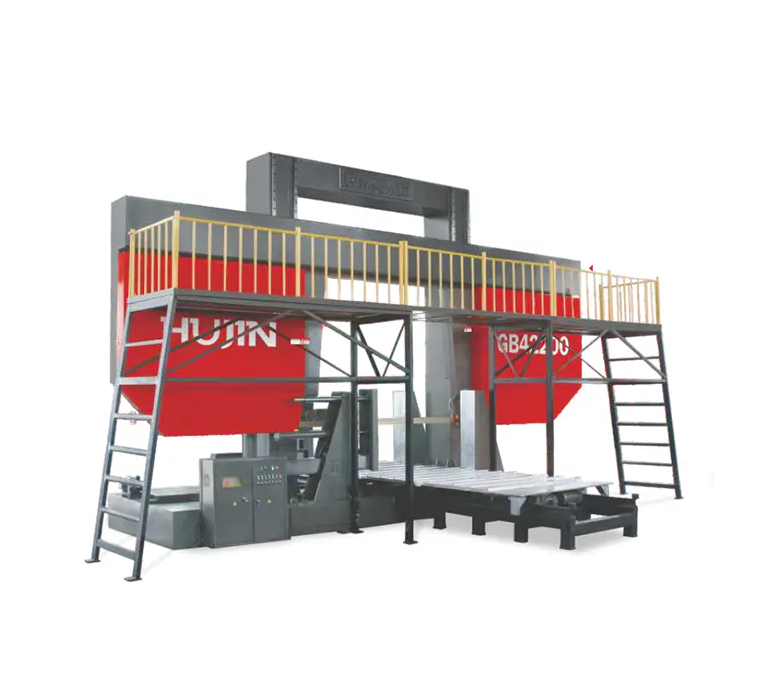When comparing an Automatic Band Saw Machine with a traditional manual band saw, the differences lie not only in the level of automation but also in the quality, consistency, and efficiency of the cutting process. The manual version has long been used in workshops and smaller production environments because of its simplicity and relatively low cost. However, as industries increasingly require higher precision and faster turnaround times, automatic machines have become the preferred choice for many operations.
One of the clearest distinctions between the two lies in the level of operator involvement. A manual band saw requires continuous human input, from guiding the material to controlling the feed rate and monitoring the blade. This means that the final quality of the cut is heavily dependent on the operator’s skill and steadiness. In contrast, the automatic system handles feeding, clamping, and cutting with programmed accuracy, significantly reducing the influence of human error and ensuring repeatable results even in large-scale production runs.
Efficiency also highlights a major difference. Traditional manual machines demand a considerable amount of time and physical effort, making them less practical for cutting multiple pieces or large batches. Automatic machines, by comparison, are designed for speed and consistency. They can be programmed to handle repetitive tasks without fatigue, freeing up operators to oversee multiple machines or focus on other critical tasks. This automation leads to a noticeable increase in productivity while reducing labor intensity.
Precision and surface finish are additional aspects where differences become clear. Manual cutting can sometimes result in uneven edges due to inconsistencies in pressure or feed speed. An automatic machine, equipped with advanced control systems and optimized feed mechanisms, ensures that each cut maintains the same standard of accuracy. The improved stability and vibration reduction features built into automatic systems further contribute to producing cleaner and more uniform surfaces, which reduces the need for post-processing work.
Safety considerations also play a crucial role. Manual machines, requiring close operator interaction, inherently carry a higher risk of accidents caused by slipping materials or mishandled blades. Automatic systems reduce this risk by incorporating safety guards, automated clamping mechanisms, and programmable controls that minimize the need for constant direct handling of the machine. This shift toward automation enhances workplace safety while maintaining productivity.
Lastly, cost-effectiveness over time is an important distinction. While a manual band saw generally has a lower upfront cost, it often incurs higher ongoing labor expenses and may lead to greater material waste from inaccurate cuts. Automatic machines, though more expensive initially, provide long-term savings through reduced waste, faster production cycles, and minimal reliance on operator skill. The investment pays off particularly in industries requiring high-volume or high-precision production.
In summary, while both machines serve the purpose of cutting materials, the automatic version stands out for its efficiency, precision, safety, and long-term cost benefits. Manual machines may still be suitable for small workshops or occasional use, but in modern industrial environments where speed and accuracy are essential, the advantages of automation make the choice increasingly clear
Cutting Capacity(mm) : Round materialΦ330/Plate 330x330
Blade speed(m/min): 20~120
Blade Size(mm): 1.1*34*4115 /1.1*34*4290
Single feeding travel(mm): 500
Motor main output(kw): 5.5
Hydraulic(kw): 1.5
Coolant pump(kw): 0.09
Machine Size(LxWxH)(mm): 2200*2000*1500


